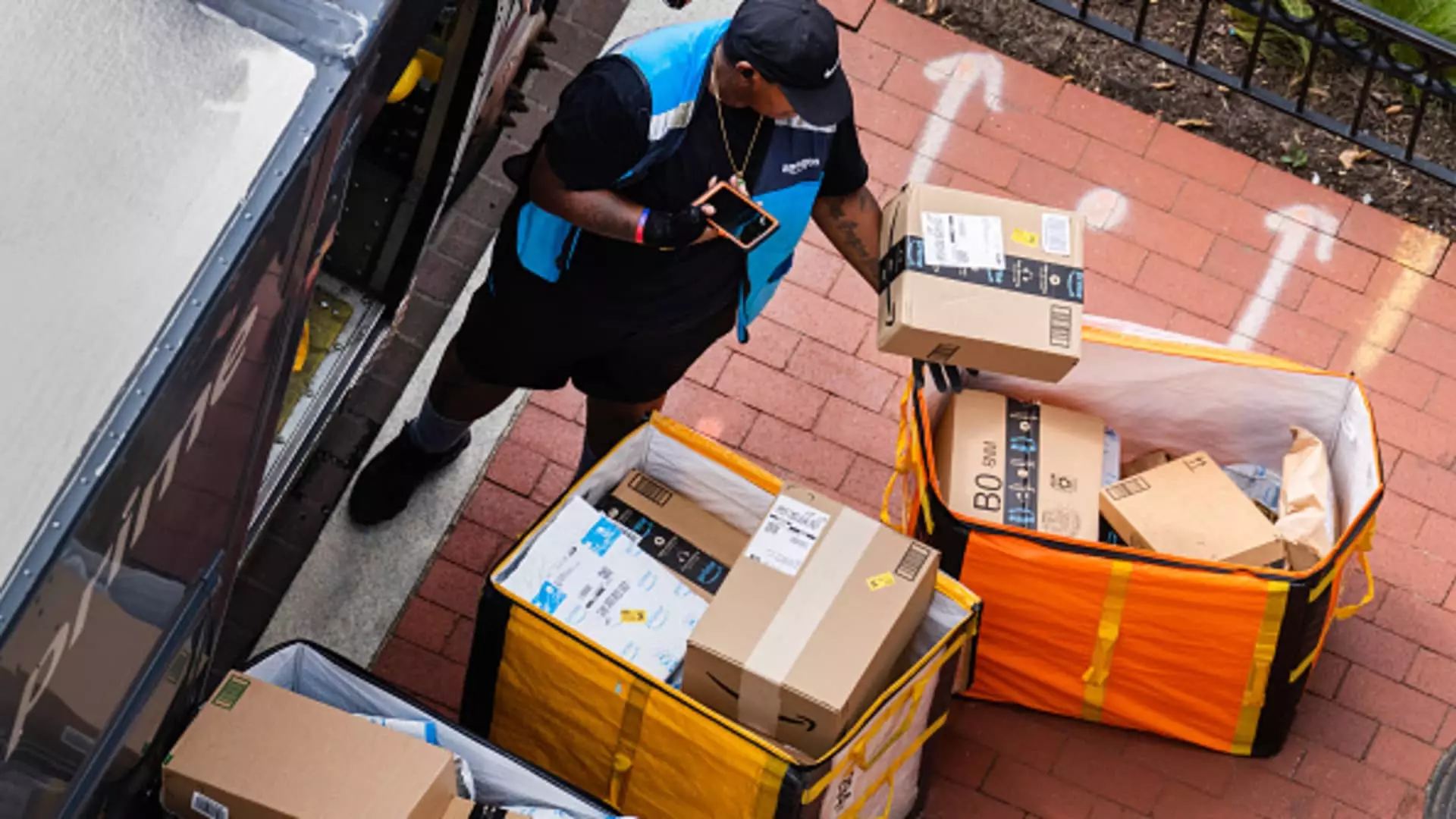Amazon, as one of the largest e-commerce platforms globally, has always been known for its competitive pricing strategies. However, a recent incident involving Brandon Fishman and Mason Arnold sheds light on the downside of Amazon’s automated pricing algorithms. The story revolves around a discount promotion at Target that inadvertently led to a loss of the buy box for these sellers on Amazon, impacting their sales significantly.
Impact on Sellers
Brandon Fishman, the owner of VitaCup brand, faced a sharp decline in sales on Amazon due to losing the buy box to a reseller of his coffee products. His annual sales of roughly $20 million were adversely affected by Amazon’s algorithm that continuously scans the internet to match or beat prices. Similarly, Mason Arnold’s experience with his Sunwink products mirrored Fishman’s struggle, leading to a situation where lowering prices on Amazon became the only viable option to regain the buy box.
Amazon’s pricing algorithms, while aimed at offering the lowest prices to customers, often put pressure on sellers to match or beat prices listed elsewhere. This practice has drawn scrutiny from lawmakers and regulators, who see it as anti-competitive and stifling competition in the e-commerce market. The Federal Trade Commission’s lawsuit against Amazon alleges an “anti-discounting strategy” that aims to track online prices continuously, raising concerns about fair competition in the industry.
Challenges Faced by Sellers
Third-party sellers like Fishman and Arnold play a crucial role in Amazon’s e-commerce ecosystem, accounting for a significant portion of goods sold on the platform. However, the pricing pressure from Amazon’s algorithms has forced these sellers to make tough decisions, such as undercutting their own prices to compete with resellers. This not only impacts their profit margins but also raises questions about the sustainability of their businesses in the long run.
The Buy Box Conundrum
Winning the buy box on Amazon is essential for sellers’ success, as it significantly influences consumer purchasing decisions. Without the buy box, sellers risk losing visibility and sales on the platform, which can have a direct impact on their revenue. Fishman’s and Arnold’s experiences highlight the challenges faced by sellers when trying to navigate Amazon’s pricing landscape and maintain competitiveness in the market.
As Amazon continues to dominate the e-commerce industry, there is a growing need for fair competition that supports sellers and fosters innovation. While Amazon’s pricing algorithms are designed to benefit consumers by offering low prices, they also pose challenges for sellers who operate in a competitive market. Finding a balance between competitive pricing and fair competition is crucial to ensuring a level playing field for all stakeholders in the e-commerce ecosystem.
The case of Brandon Fishman and Mason Arnold sheds light on the complexities of Amazon’s pricing strategies and the challenges faced by third-party sellers in the current e-commerce landscape. As the debate around fair competition in the industry continues, it is essential for platforms like Amazon to reevaluate their pricing algorithms and ensure that they promote a competitive yet sustainable environment for sellers to thrive.

